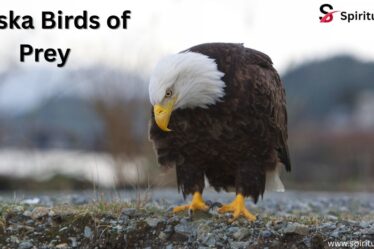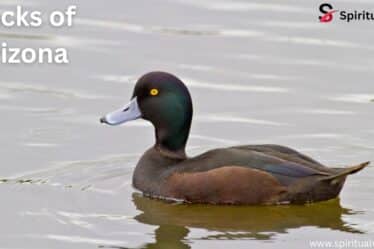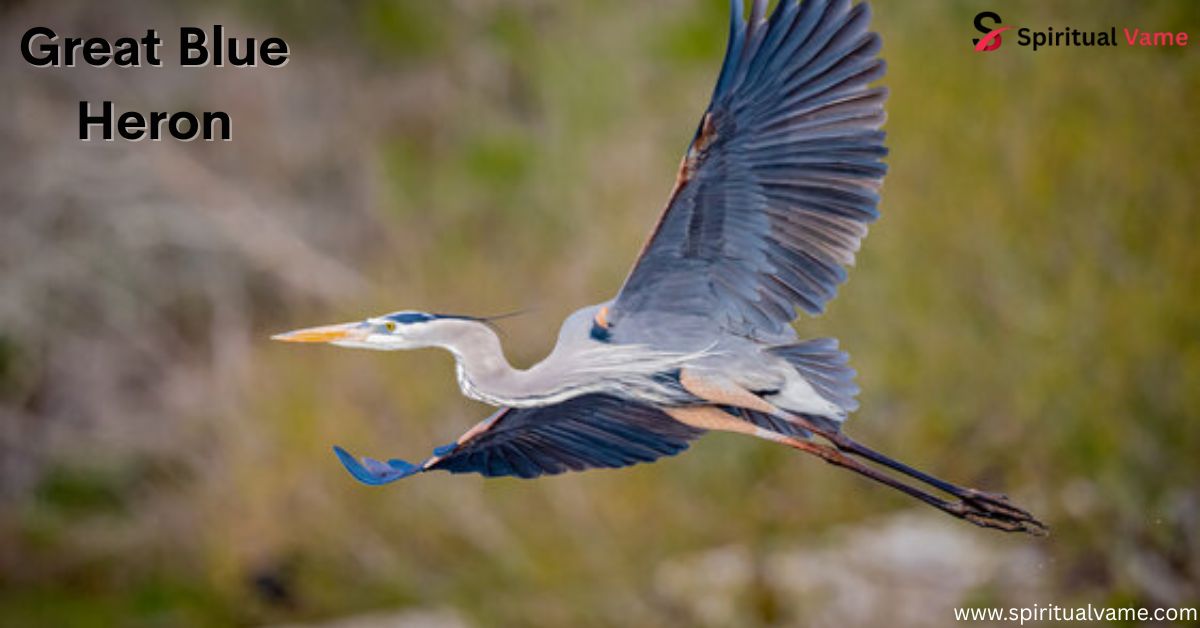
South Carolina is home to many beautiful birds, but few are as graceful and eye-catching as herons. These tall birds with long legs and necks are often seen standing still in shallow water, watching closely for their next meal. From peaceful ponds and lakes to flowing rivers, South Carolina’s wetlands give herons the perfect place to live and hunt. These birds are found not only in this state but across North America, and many people come here just to see them in their natural habitat.
Each heron species has something special to offer. Some have soft gray feathers, while others are snowy white. Some feed during the day; others are active at night. What they all share is a certain beauty and grace that makes them stand out. Their slow movements, sharp yellow beaks, and long wings make them amazing to watch, especially when they take off and fly with their neck in an S-shape. People all over South Carolina enjoy watching these birds, whether they are birdwatchers or just nature lovers.
11 South Carolina Herons To Explore
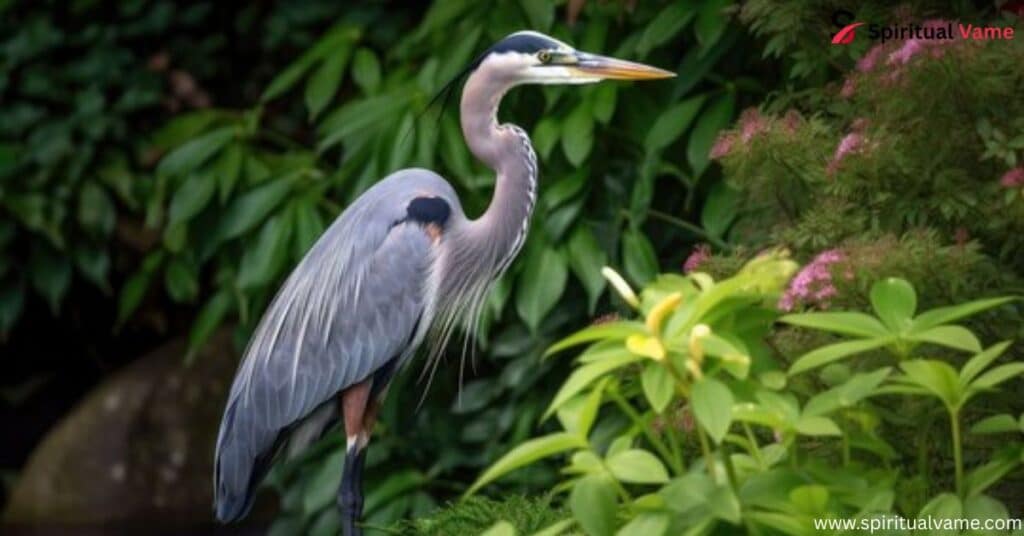
Herons in South Carolina come in all sizes and colors. You might see a large Great Blue Heron fishing alone in a pond, or a group of Snowy Egrets wading through a lake. From the secretive Bitterns to the active Tricolored Heron, there’s something for everyone. These birds are not only fun to watch, but they also play an important role in the ecosystem by controlling fish and insect populations.
Some herons live in the state year-round, while others visit during certain seasons. You can spot them in swamps, marshes, coastlines, and even near farms. Each bird has unique habits, colors, and calls. Knowing more about them can help you spot them easily and enjoy your birdwatching trips even more.
1. Great Blue Heron
The Great Blue Heron is the most common and the largest heron in South Carolina. This tall bird has a long neck and strong legs, which help it move quietly through the water. Its feathers are mostly gray, but it also has a white face and a long, sharp yellow beak. You’ll often see it standing still, waiting to catch a fish or frog. It can be found in ponds, lakes, and along rivers across the state.
When the Great Blue Heron takes flight, its S-shape neck and wide wings create a stunning view. These birds are quiet but may make a loud croaking sound if disturbed. People enjoy watching them because of their size, grace, and calm behavior. They are often seen alone, slowly hunting in shallow waters.
2. American Bittern
The American Bittern is a shy and well-hidden heron. It blends into tall grass and reeds, making it hard to see. Its feathers are streaked brown and gray, helping it stay camouflaged. Unlike the Great Blue Heron, the bittern prefers to stay out of sight, moving slowly through marshy areas. It has a unique, deep call that sounds like a water pump, which can be heard during the breeding season.
In South Carolina, these birds are usually found in freshwater wetlands. They stretch their neck upward to look like part of the grass when threatened. Birdwatchers feel lucky to spot one because they are secretive and often remain silent. Their behavior makes them fascinating and mysterious.
3. Black-crowned Night-Heron
This bird looks different from many other herons. The Black-crowned Night-Heron has a black cap on its head, gray wings, and bright red eyes. As its name suggests, it is most active at night. During the day, it rests in trees or bushes near water. At night, it comes out to hunt for fish, frogs, and insects.
These herons are seen in South Carolina along the coast, near swamps, and in wooded wetlands. They are social birds and often nest in groups. Their short legs and stocky build make them appear different from the taller herons, but their hunting skills are just as impressive.
4. Green Heron
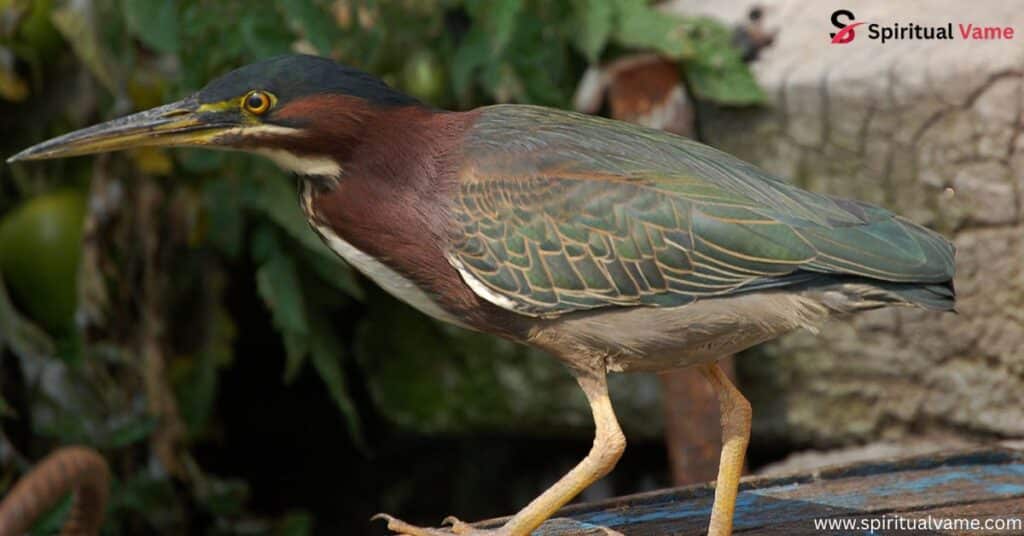
The Green Heron is a small but smart bird. It has deep green and blue feathers with chestnut-colored sides and a dark gray back. One of the most amazing things about this bird is how it uses tools. It drops insects or small objects onto the water to lure fish, then grabs them with its sharp beak.
You can find Green Herons in South Carolina in wooded swamps, small ponds, and marshy areas. They usually hunt alone and stay hidden among plants. Even though they are smaller, their clever hunting methods and beautiful colors make them exciting to watch.
5. Great Egret
The Great Egret is a symbol of purity and elegance. This tall bird has bright white feathers, a long neck, and a sharp yellow beak. It often stands still in shallow water, waiting to catch its prey. When it flies, its long legs trail behind, and its wings move slowly and gracefully.
In South Carolina, you’ll see Great Egrets in rookeries, marshes, and coastal lagoons. They nest in colonies and often share space with other herons. They were once hunted for their feathers, but now they are protected and widely loved by nature watchers.
6. Cattle Egret
The Cattle Egret is a smaller white heron with a short neck and yellow beak. Unlike other herons, it spends a lot of time on dry land. It’s often seen near cows and horses, eating insects stirred up by their movement. During the breeding season, it grows orange feathers on its head and chest.
These birds are found in fields, farmlands, and grasslands in South Carolina. They are quick movers and often hunt in groups. Their link with livestock makes them easy to spot, and their behavior is quite different from water-loving herons.
7. Snowy Egret
This bird looks delicate but is full of energy. The Snowy Egret is small with white feathers, a black beak, and bright yellow feet. It moves quickly through the water, lifting its feet to startle fish before catching them. Its bold style makes it stand out among other herons.
You’ll find Snowy Egrets in coastal marshes and shallow rivers in South Carolina. They make high-pitched calls and are active feeders. Their beautiful feathers once made them a target for hunters, but now they are admired for their lively movements and charm.
8. Least Bittern
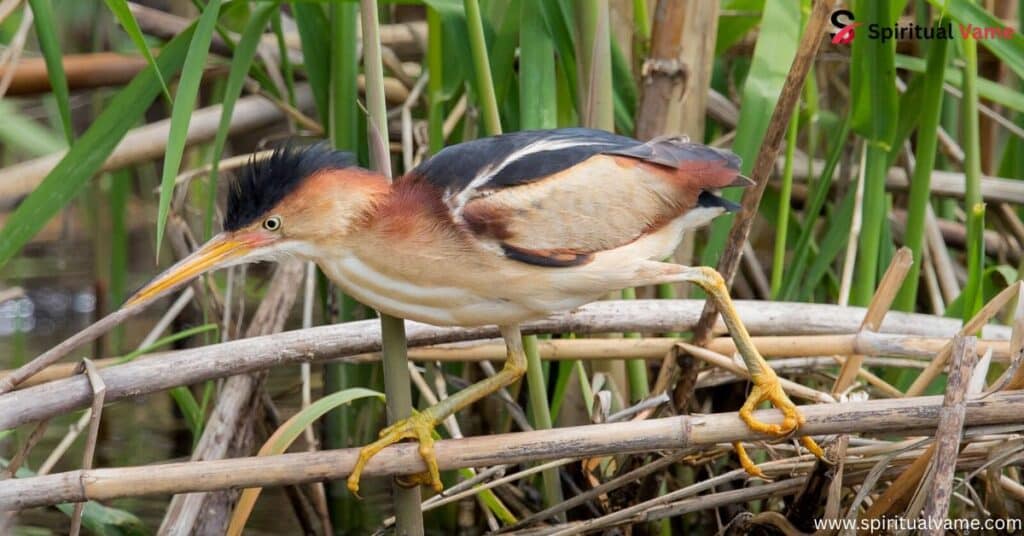
The Least Bittern is the smallest heron in North America. It has brown, gray, and buff-colored feathers that help it hide in tall plants. Its thin body allows it to cling to reeds and stalks while hunting. Despite its size, it is a skilled predator of small fish and insects.
These birds are found in quiet freshwater marshes in South Carolina. They’re more often heard than seen, as they make a soft, cooing call. Watching them balance among the reeds is like seeing nature’s acrobat in action.
9. Yellow-crowned Night-Heron
This heron is easy to recognize by the bright yellow crown on its head and its bold gray body. The Yellow-crowned Night-Heron is most active in the evening and at night. It loves to eat crabs, making it a regular visitor to salt marshes and tidal creeks.
In South Carolina, you can see them near the coast, often nesting in trees above the water. They are patient hunters and have strong, thick beaks for cracking shells. These birds add a touch of color and character to the state’s wetlands.
10. Little Blue Heron
The Little Blue Heron starts life with white feathers but slowly turns a rich blue as it matures. This change makes it easy to spot young birds. Adults have a sleek blue-gray body and a purple neck. They move quietly and feed alone, making them less noticeable than others.
These herons are often seen in South Carolina’s freshwater wetlands and estuaries. Their gentle style and changing appearance make them a favorite for birdwatchers looking for something unique.
11. Tricolored Heron
The Tricolored Heron has one of the most colorful coats of all the herons. It shows off shades of blue, white, and chestnut all over its body. This bird is very active and often runs through shallow water to catch fish. Its fast steps and sudden movements set it apart from slower herons.
In South Carolina, you’ll find it near coastal lagoons and salt marshes. Though it may not be as big as the Great Blue Heron, its color and energy make it one of the most fun to watch.
Conclusion
The wetlands of South Carolina are full of life, and herons are some of the most striking creatures that live there. From the powerful Great Blue Heron to the quiet Least Bittern, each bird adds beauty, balance, and action to the landscape. Their tall legs, long necks, and elegant movements turn every sighting into a special moment.
Watching South Carolina herons gives people a chance to connect with nature. Whether you’re at a quiet pond or a busy river, there’s always a chance to spot one of these amazing birds standing still or flying gracefully in their S-shape style. So grab your binoculars and head out—South Carolina’s herons are waiting to be discovered.

